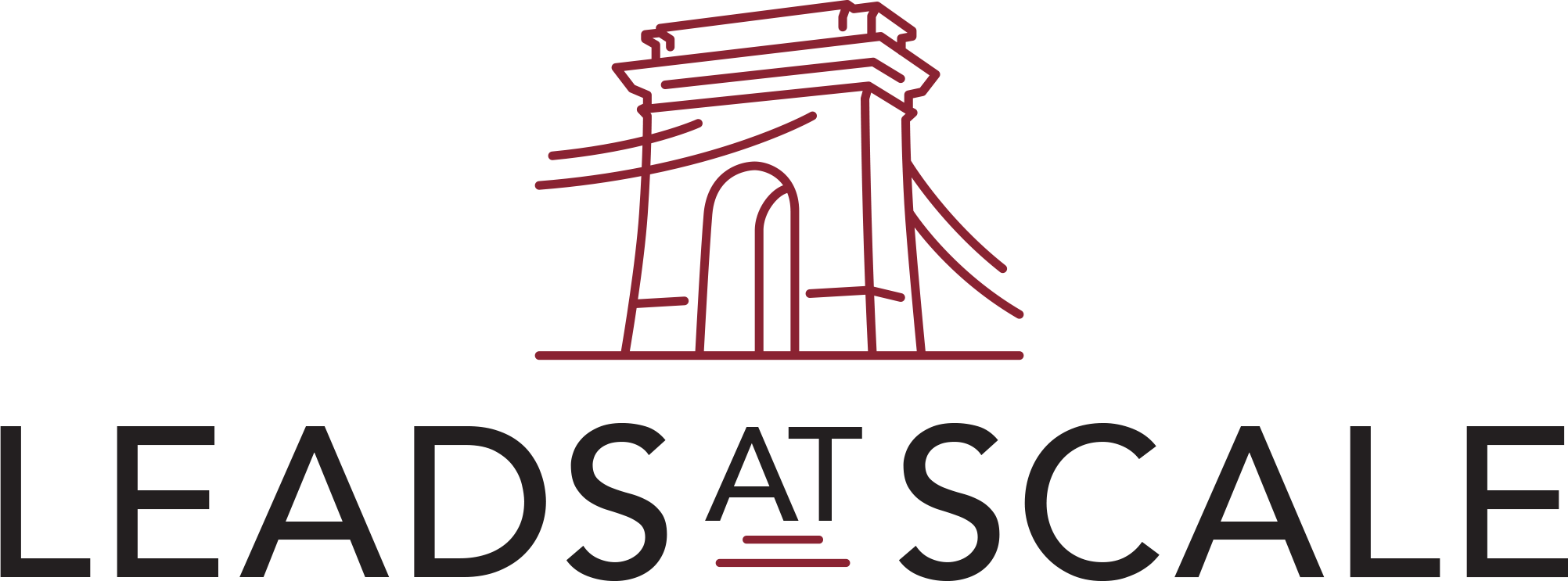Does your sales pipeline feel like it’s stagnating? You may have promising leads progressing too slowly through the sales process. Once you manage to increase sales velocity you can make your pipeline more efficient.
But what are the components of sales velocity? What are the best practices for monitoring it and actionable strategies for optimizing variables within the metric formula? The end goal is to speed up the customer journey to close those deals.
What is Sales Velocity
Sales velocity is a metric that measures how quickly a prospective customer moves through your sales pipeline and generates revenue. The results of the sales velocity equation reflect your business health, the effectiveness of your sales team, and areas where the sales process could be improved.
Sales Velocity vs. Pipeline Velocity
Sales and pipeline velocities are essentially interchangeable terms referring to the same metric. Some prefer pipeline velocity as it focuses on the health and efficiency of the sales pipeline itself. Either way, this number indicates how rapidly deals are progressing to closed sales.
Sales Velocity Formula
To calculate sales velocity, run a sales velocity equation:
Sales velocity = [Number of opportunities x Deal Value x Win rate] / Sales cycle length
The Four Components of Sales Velocity
Here’s a breakdown of the four key components highlighted above:
1. Number of Opportunities
This figure represents the total number of qualified leads currently in your sales pipeline. Ensuring you have plenty of promising opportunities sets the foundation for driving revenue. However, the key is ensuring they are qualified. Focus on quality over quantity when it comes to leads. Unqualified leads waste precious time and drag down sales velocity.
2. Average Deal Value
Next is the average deal value or average order value. It refers to the typical dollar amount of each sale you close. Whether selling individual products and services or bundled solutions, tracking the deal value provides insight into customer spending habits.
3. Win/Conversion Rate
Your sales win can also be referred to as a conversion rate. Find it by dividing the number of successful deals closed by the total number of pipeline opportunities. To boost revenue, you want to optimize conversion rates as much as possible. The first step is to understand why potential sales are lost. Then, optimize the customer journey accordingly.
4. Length of Sales Cycle
This metric refers to the average number of days it takes from initial contact to close each sale. Shortening the sales cycle speeds up the rate at which prospects become customers. It impacts sales velocity for the better.
Why You Need to Track Sales Velocity
Monitoring sales velocity metrics enables you to utilize resources most efficiently and productively. You don’t want to waste time on prospects that lack potential or face lengthy sales cycles.
Tracking velocity keeps the focus on the best opportunities to drive faster deals and revenue. Sudden declines can also highlight problems to address within the customer journey.
Best Practices to Calculate Sales Velocity
Some best practices can ensure sales velocity calculation is accurate:
Gather Reliable and Up-to-date Data
The integrity of your sales velocity calculation depends wholly on the quality of the data used. Ensure your CRM and sales tools provide current opportunity and pipeline information. Continuously update figures to form decisions based on real-time accuracy rather than outdated estimates.
Decide a Consistent Time Frame
Choose whether to measure weekly, monthly, or quarterly sales velocity – but stick with it. This consistent cadence gives you an apples-to-apples comparison to spot trends over time. Sudden dips or new plateaus are easily recognized when you measure sales velocity in regular increments.
Calculate Sales Velocity for Longer Periods
Note that weekly or monthly tracking works for most. Yet, some industries with longer sales cycles may benefit from a quarterly or even annual sales velocity metric. This extended insight highlights changes in seasonal industries and lets sales leaders set reliable annual targets.
Break Down Calculations
Dig deeper by splitting calculations into metrics for specific products, customer segments, or sales regions. Isolating variables shows where wins and losses occur. Doing so points the way to untapped opportunities or workflow bottlenecks hampering deals.
Consider Additional Factors
While invaluable, sales velocity does not tell the whole story. Also, examine more qualitative metrics. Think customer satisfaction scores, retention rates, and referral numbers. Discover why velocity falls short of goals despite acceptable conversion rates. Perhaps poor after-sales service causes deals to sour over time. Remediate underlying issues to boost sales velocity.
Sales Velocity Example
Perhaps it would help to look at a fictional B2B company and analyze its sales velocity report for actionable insights:
● Opportunities: 250 qualified leads
● Average deal value: $5,000
● Win rate: 30%
● Average sales cycle: 90 days
Now, we plug this data into our formula to calculate sales velocity:
Sales Velocity = [250 x $5,000 x 30%] / 90 days = $625,000 / 90 = $4,166 per day
Based on current pipeline trends, this breakdown indicates $4,166 in potential daily revenue. But a win rate of just 30% shows room for improvement – tweaking the sales process could significantly speed up velocity.
Meanwhile, shortening the 90-day average sales cycle by just one week would alone generate thousands extra in annual revenue.

How to Increase Sales Velocity
Sales velocity, like any other metric, is prone to changes. Therefore, track and analyze it regularly in the hopes of finding ways to improve it. There are several proven ways to accelerate opportunities through your sales funnel and reliably boost revenue:
Increase the Number of Opportunities
The easiest route to higher sales velocity is simply driving more qualified prospects into the pipeline. Increase lead gen efforts through content, referrals, and advertising. While you risk wasting resources on unqualified leads, better qualifying processes maximize promising opportunities.
Increase the Average Deal Size
Rather than chasing endless smaller sales, focus on higher-value accounts with growth potential. Adjust pricing models, upsell to premium features, or bundle complementary offerings to increase deal value. Just ensure you have the resources to provide quality service at expanded volumes.
Improve Win/Conversion Rate
Losing sales during lengthy sales cycles drastically slows velocity. As such, you want to analyze the reasons for abandoning prospects and fine-tune pitches. Guide customers through simplified purchasing pathways that make saying ”yes” the next natural step.
Mind you, that doesn’t mean employing overly aggressive selling techniques that diminish the customer experience.
Shorten the Length of the Sales Cycle
Finally, lengthy sales cycles also hurt velocity metrics and revenue goals. After identifying roadblocks through sales funnel analysis, streamline arduous workflows. Upgrade CRM tools to centralize prospect data for sales teams. Automate follow-ups to enable faster response times. But focus on quality interactions – not just chasing speed.
Drive Growth with Sales Velocity
Sales velocity is an important indicator of a company’s health.
Rather than vague revenue goals, let sharp sales velocity metrics guide the efficient allocation of limited time and resources to accelerate growth. Keep an eye on the trends and be ready to tweak processes or realign priorities accordingly.
Should you need help with your B2B pipeline, contact Leads at Scale for expert advice and personalized support.



